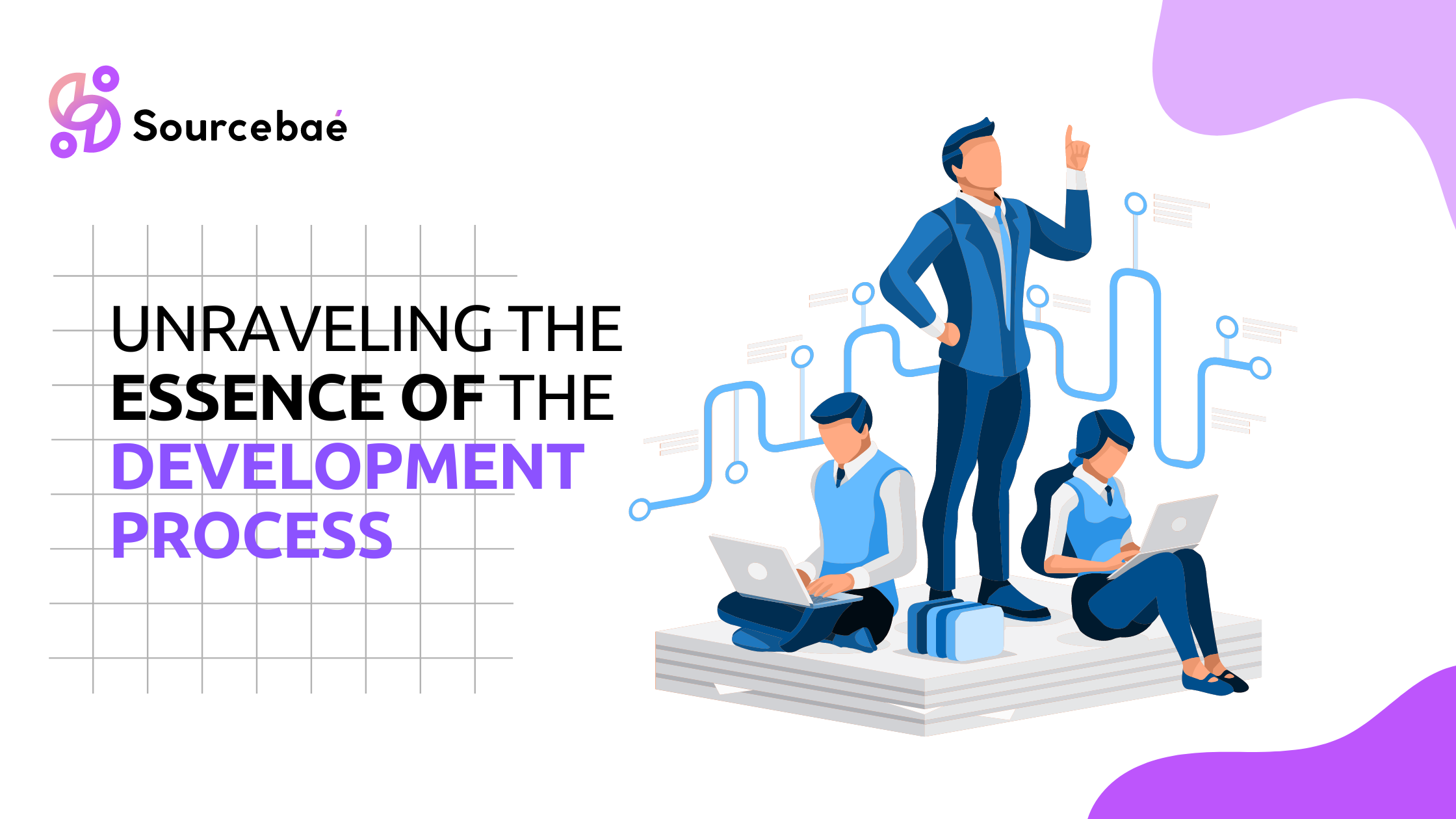In the ever-evolving landscape of technology, development processes play a pivotal role in bringing ideas to life. From building intricate software applications to crafting innovative digital solutions, the development process serves as the foundation for turning concepts into tangible realities.
The Development Process: The Steps That Shape Its Path
Understanding the various stages involved in this intricate journey is essential for any individual or organization embarking on a development venture. In this article, we will delve into the essence of the development process, exploring its key components and shedding light on the steps that shape its path.
1. The Significance of Planning
Every successful development endeavor begins with meticulous planning. This crucial phase involves defining the project’s objectives, identifying target audiences, and analyzing the feasibility of the idea.
During this stage, stakeholders collaborate to outline project requirements, establish budgets, and set realistic timelines. Effective planning ensures a solid roadmap for the development process, serving as a guidepost for subsequent stages.
2. Designing for Success
Once the planning phase is complete, the design phase takes center stage. Designers, UI/UX experts, and developers work collaboratively to create visually appealing interfaces and seamless user experiences. This stage involves wireframing, prototyping, and iterating until the ideal design is achieved.
By incorporating user feedback and aligning the design with the project’s objectives, the development team ensures that the final product meets the needs and expectations of its intended audience.
3. Developing the Backbone
With the design in place, the development process shifts gears to the implementation phase. Skilled developers employ their technical expertise to bring the envisioned product to life. This stage involves coding, integrating various components, and testing for functionality and performance.
By employing industry best practices, adhering to coding standards, and leveraging appropriate technologies, the development team lays the groundwork for a robust and reliable final product.
4. Testing, Feedback, and Iteration
No development process is complete without rigorous testing and feedback. This phase involves running comprehensive tests to identify and rectify any bugs, glitches, or vulnerabilities. Through user testing and quality assurance measures, developers fine-tune the product, ensuring it aligns with the desired specifications.
Feedback from users and stakeholders is collected and incorporated, allowing for iterative improvements that enhance the overall user experience and functionality.
5. Deployment and Maintenance
Once the product passes through the testing and feedback loop, it is ready for deployment. This phase involves launching the product in the intended environment, be it a website, mobile application, or other platforms.
Deployment is followed by ongoing maintenance and support to address any issues that may arise post-launch. Regular updates and bug fixes help keep the product optimized and aligned with evolving user needs, ensuring its longevity and success.
Conclusion
The development process is a multifaceted journey, encompassing planning, design, implementation, testing, and deployment. Each stage is integral to the overall success of a development project, and attention to detail at each step is paramount.
By understanding the essence of the development process and embracing its intricacies, individuals and organizations can navigate the ever-changing technological landscape and bring their ideas to fruition.
Whether it’s a groundbreaking software application or an innovative digital solution, the development process provides the foundation for transforming dreams into reality. To hire a skilled developer who can bring your ideas to life, contact us today and let’s turn your vision into a reality.






